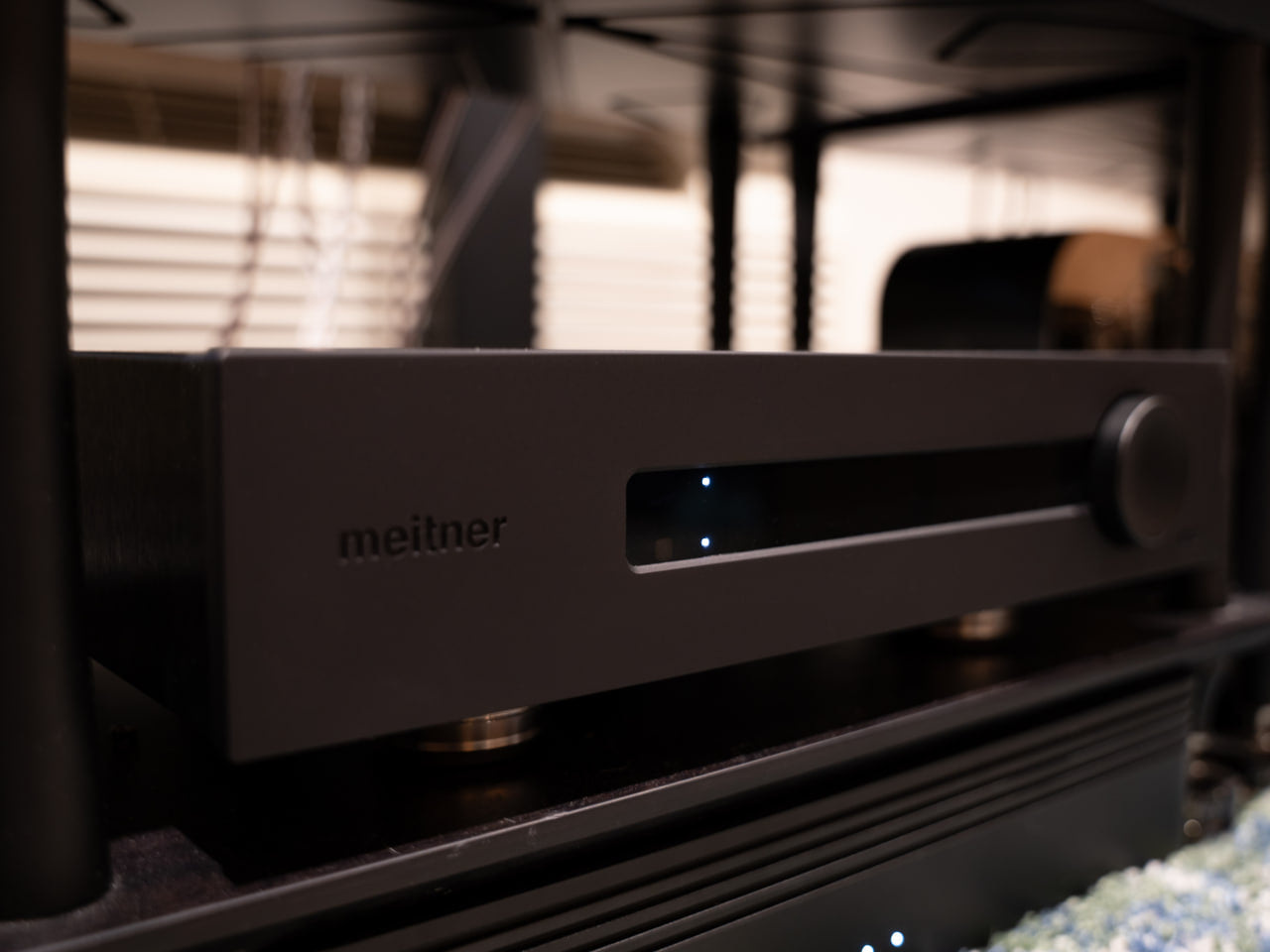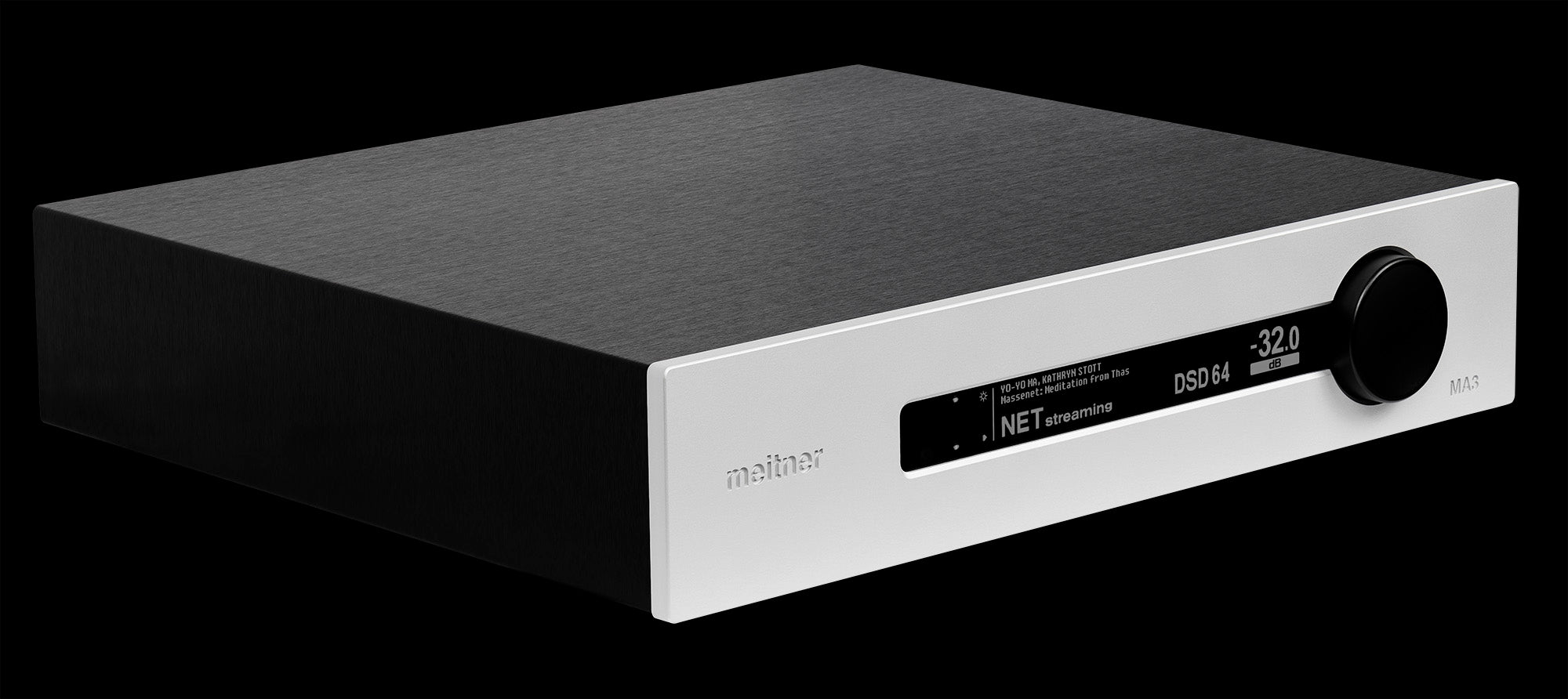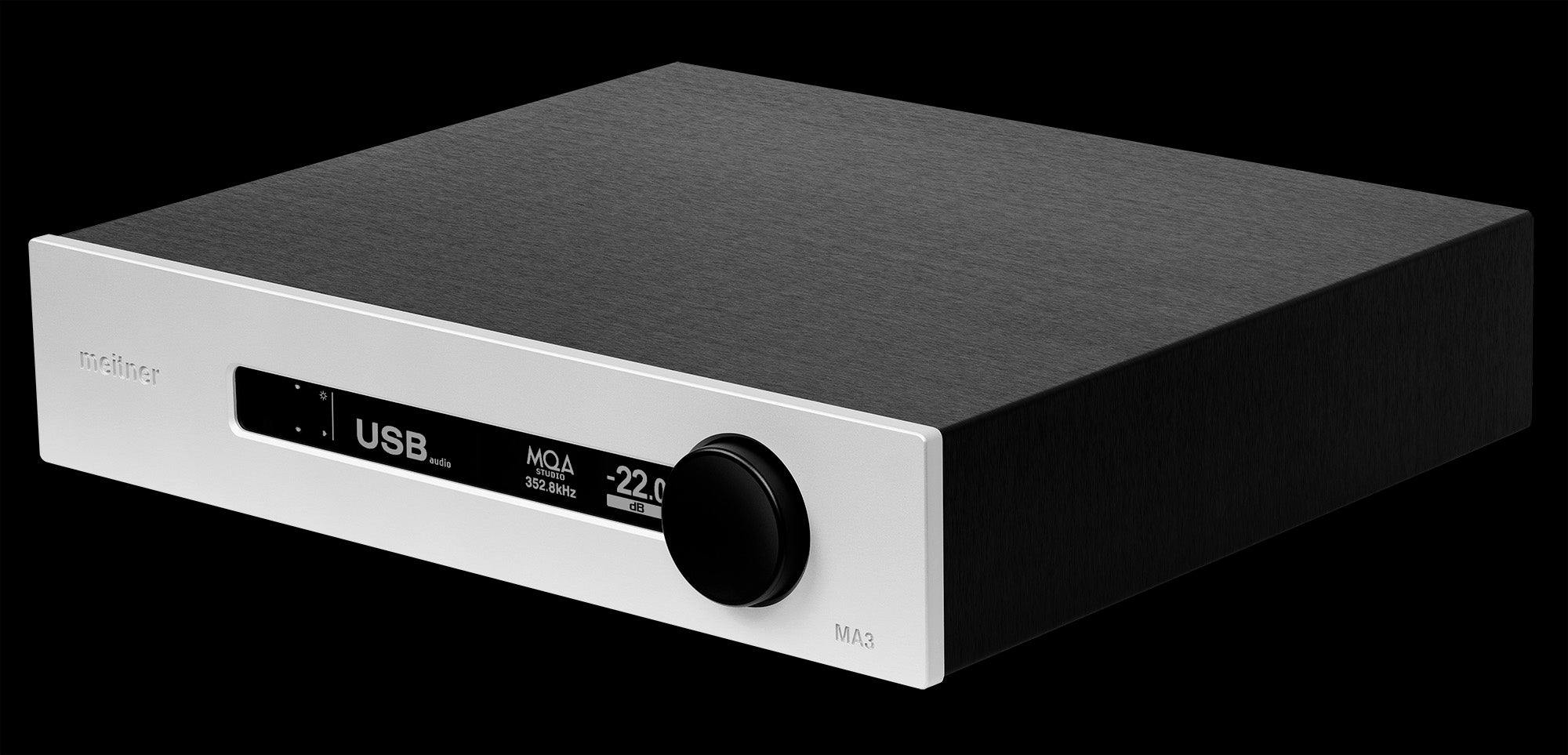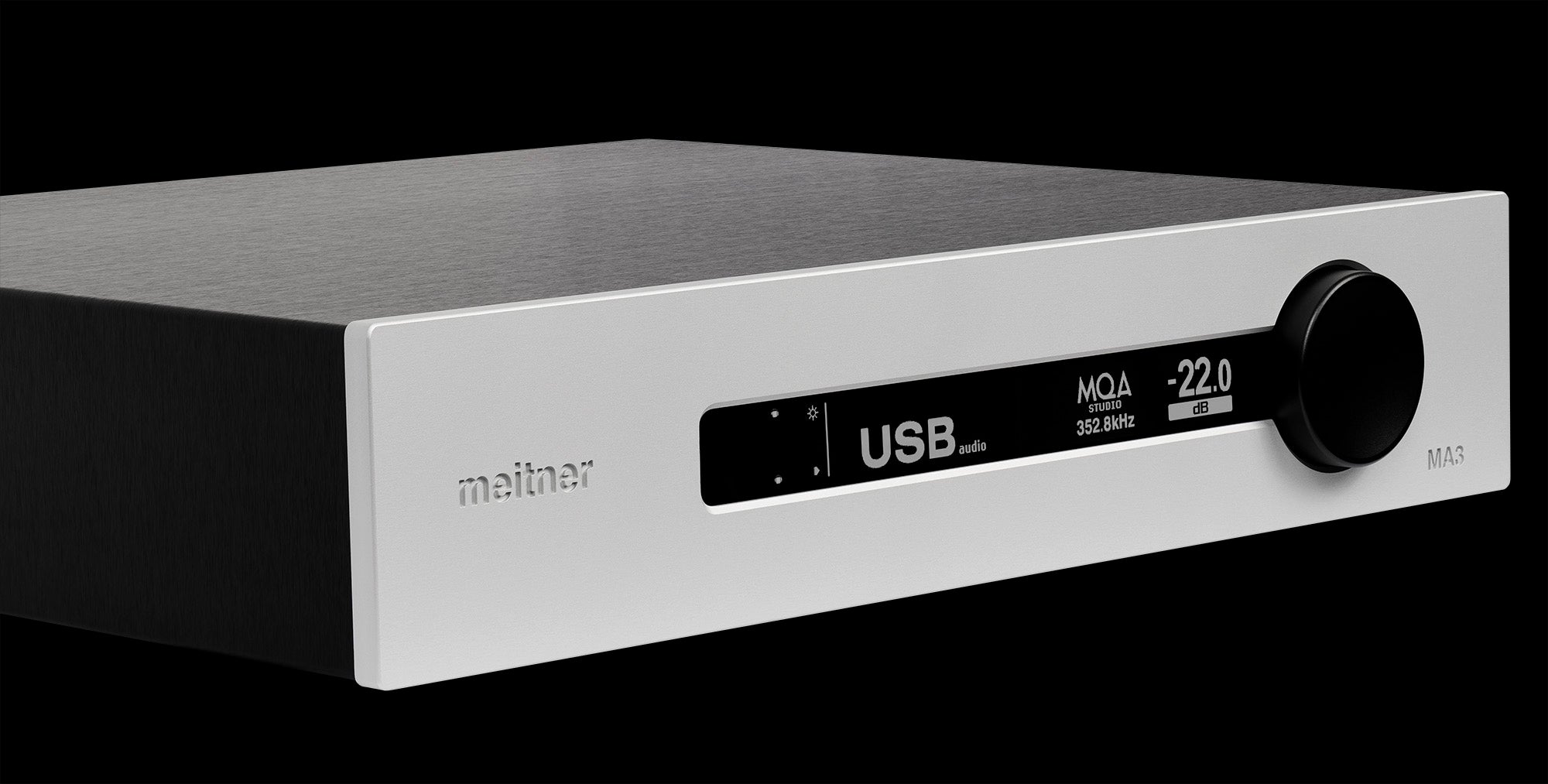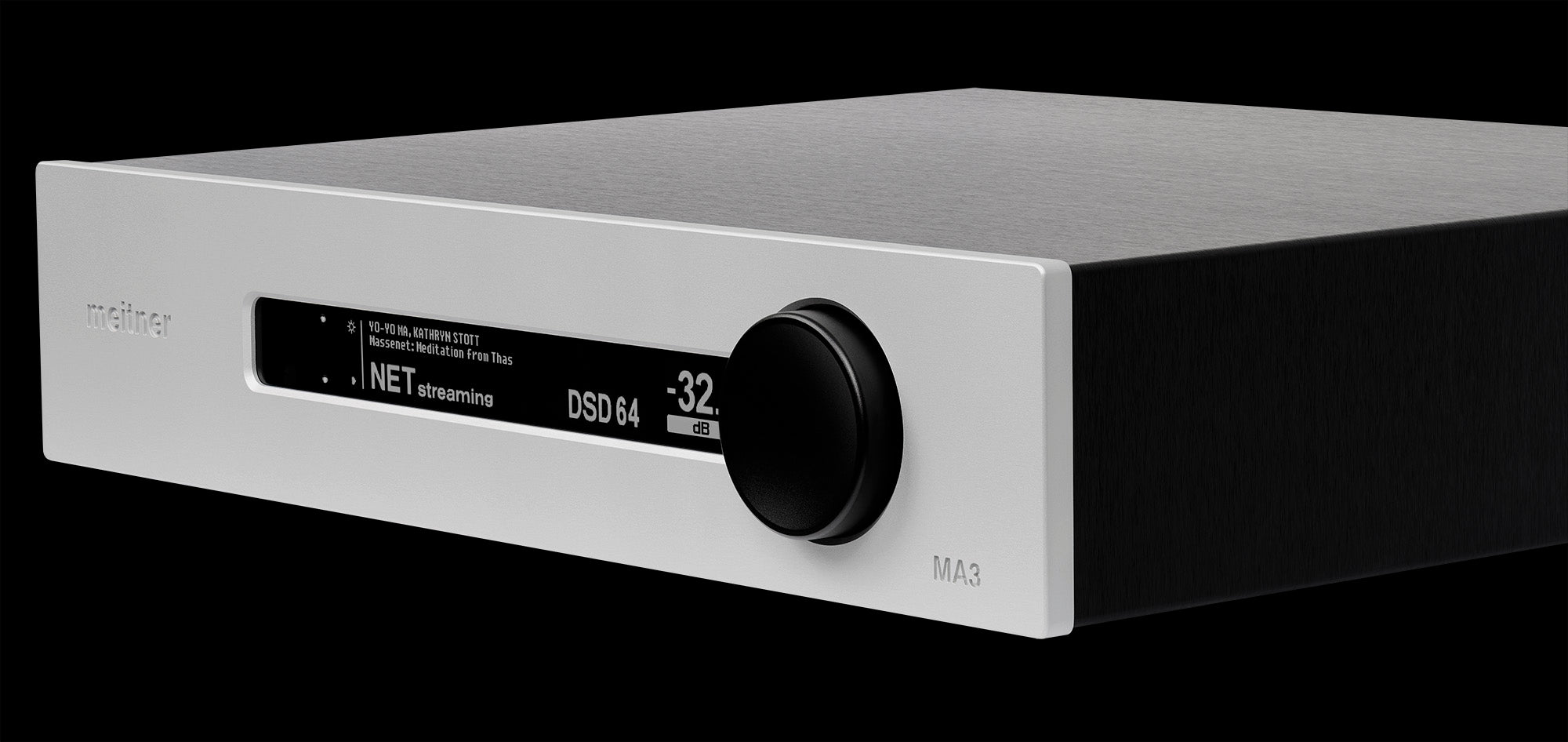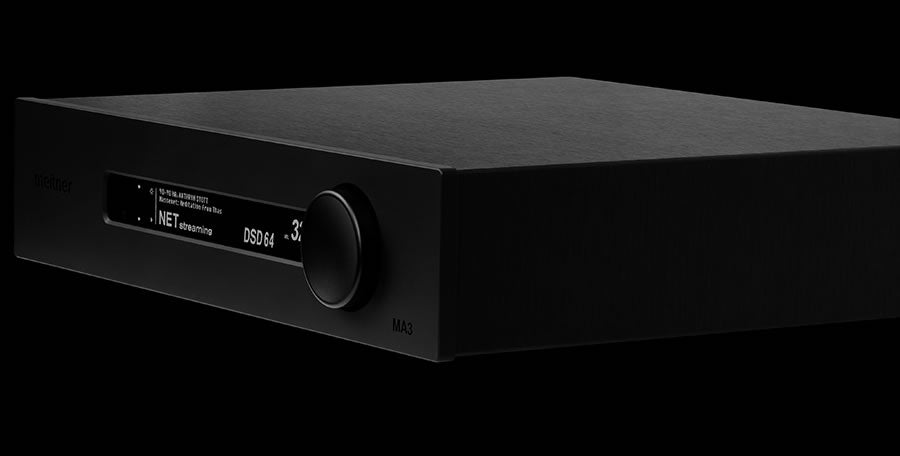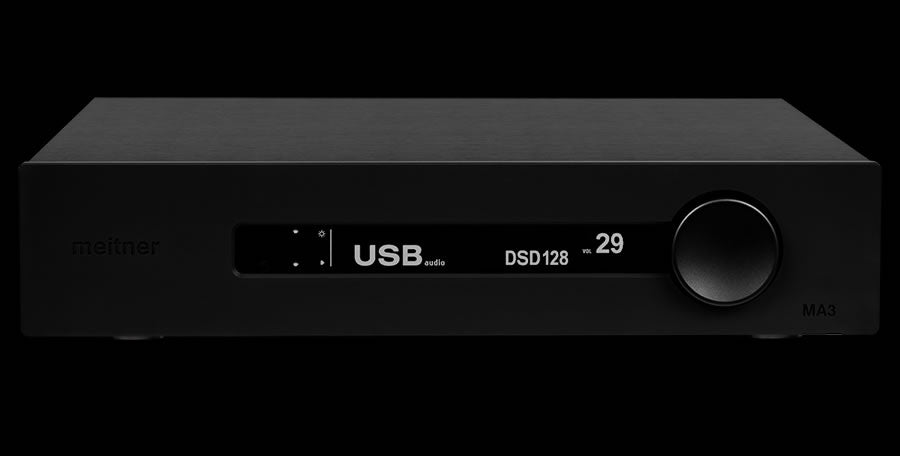Ever since I first got into audio, the digital side of things has always piqued my interest. Even when I first got started, I remember being more excited about trying new DACs and digital sources than anything else in the chain. I read white papers about upsampling, bit depth, and about Nyquist theorem (yes I am a lot of fun at parties). Amongst all this reading the one thing that kept popping up in different papers was the use of DSD. For any who may not have read as much as me I will explain it simply. In normal Hi-Res files you typically see at least 24bit and 44.1kHz. The bit number is the resolution size (how many options we have to represent a single data point) and the kHz number is how many times the data stream is sampled per second. This in theory should give a “perfect” approximation of the audio signal. Where DSD diverges is by lowering the bit depth to only one bit and compensates by drastically increasing the sampling frequency. Something like DSD128 samples the data stream 5.6 million times a second. The idea behind this is to get even closer to the analog waveform than PCM recordings. Most DACs have been designed to handle the former standard format, but in recent years more and more have opted to include DSD processing, which allows DSD files to be played in their standard format instead of being converted. Where do these DSD files come from you might ask?
Ed Meitner is credited with being one of the original contributors to the creation of DSD in conjunction with Sony. He was responsible for creating some of the first converters to record DSD in the studio and has since made a name for himself in DSD recording technology. Today, most new SACD recordings use EMM Labs converters.
Enter the MA3. The direct beneficiary of Ed Meitner’s work on DSD technology. What originally started with EMM Labs, Meitner is the lower-priced little brother with the same heritage. While the price may be a third of the likes of the DA2 and DV2, the MA3 still benefits from some of the same great technology. The MA3 uses the same fully discrete DSD DAC with 16X DSD upsampling and proprietary DSP technology.
The MA3 also benefits from the volume control available on the DV2, incorporating VControl. This is their version of digital volume control that’s implemented in such a way it maintains the input signal without re-quantization. They claim this leads to no loss of audio resolution with a wide attenuation range, which sets it apart from many other implementations of digital volume control.
One of the other interesting parts about the MA3 is that it implements streaming through an ethernet input on the back of the unit. I evaluated all the MA3’s inputs using the Eversolo DMP-A6, Wiim Pro, Singxer SU-8, Antipodes K50, as well as the internal ethernet input. The first evaluation was between the MA3’s internal streaming functionality against other streamers. This was the test I was most interested in. In theory, one might think the simplicity in less connections might benefit the internal streamer, and when comparing with lower end streamers that would be correct. When I started with the Wiim Pro and the Singxer, the comparison was easy and in favor of the MA3 ethernet input. The MA3 had more detail and decidedly better staging when used through its own input. The low end was a bit firmer and fuller. The DMP-A6 was a touch closer in terms of detail and low end but was still a step below the internal streamer. It wasn’t until moving to the K50 that things really started swinging the other direction. You can read my thoughts on the K50 in my review of it here so won’t spare as many details here but it was much more organic sounding overall with more authoritative low end. There was a bit more low-level detail and room information on the K50. Still comparatively the internal streamer is a great bargain for both flexibility and sound quality. The rest of the time I spent comparing the different inputs. Some of this may have to do with the architecture of the K50 in tandem with the MA3, but overall, I found AES was the best sounding of the connections in my setup. The bass was a bit tighter in presentation and the staging a touch wider than the others. Followed by COAX and then USB. USB on this unit allows for higher sample rate input which did help, but I found the other two to sound a bit better when fed through the K50. This probably has more to do with the K50 itself being such a strong digital front end.
Before any critical listening and lasting impressions form, I allowed the MA3 to break in for the manufacturer recommended 200 hours. I found it sounded pretty good out of the box but definitely improved over that period. I initially started my testing by listening to DSD, which felt the most fitting to christen the DAC. I’ve listened to native DSD files as well as DSD upsampling on a few prior DACs in my audio journey. While I could appreciate the extra staging and detail DSD brought with it, it always sounded a touch soft. I preferred PCM when possible, so I was most excited to revisit these tracks on a DSD-based DAC. The first thing I noticed were the dynamics even on DSD recordings. That soft natured sound was no longer there. Instead, I was presented with quite strong bass, impressively wide soundstage, and a top end that was smooth and yet never overly so. Listening to the DSD release of The Animals Retrospective – The House of the Rising Sun, I was presented with a hauntingly realistic depiction of Eric Burdon that I hadn’t heard before. Never once sounding soft but instead presented with beautiful dynamics and colors that felt very true to the recording. Even on older recordings like this I could really pick up on how much detail was available and yet it was presented in such a way that never felt forced and always natural.
Moving on to more conventional files, I tested the capabilities of the MA3’s internal conversion with some Red Book files. Overall, there seemed to be a slight tradeoff between the overall resolution of DSD playback for a bit more low end body. One thing was clear though - the major characteristics of the MA3 I had noticed with DSD were still present. Listening to Birds by Dominique Fils-Aime the MA3 provided great texture and body to her vocals that brings it to life. The MA3 presents vocals in such a liquid fashion that this album is such a joy to listen to.
Switching paces to Buena by Morphine, the MA3 shows how nimble it can be. When the recording starts to get more complicated the MA3 doesn’t skip a beat. I can easily pinpoint the location of every instrument. It presents this track in a way that is both vivid and inviting but not colored in anyway. You can really pick up on the connective tissue between the notes that really makes the recording come to life. You can pick up on a lot of low-level information which brings out the room of the recording and makes the sounds feel less isolated but instead part of one big picture. Another recording that shows this well is Mining For Gold by Cowboy Junkies. The MA3 allows you to hear into the room and makes you feel part of that recording. It also shows that it can be intimate when the song calls for it even though the staging overall is wide. On Paper Trails by Darkside the MA3 retains total control over the low end. It’s extremely punchy and articulate with enough weight to make it a really engaging listen.
Let’s revisit the volume control function from the EMM flagship. I was a bit skeptical at first as digital volume has a tendency to limit dynamic range in my experience. Listening at lower levels sounds more compressed and a bit muddy. This was not the case with the MA3. For this comparison I used two different integrated amps using their own volume versus that of the MA3. The MA3 exhibited exceptional clarity at all volume levels. Even when listening at low volume it was hard to tell the difference between using the Meitner and the amps internal volume control. It’s totally transparent and doesn’t seem to impart any sonic characteristics other than level control. For those looking to add a bit of flavor to an amp, a tube pre might be more in line. However, for those wanting completely transparent sound at any level, the MA3 would be sufficient as a one box solution.
Overall, the MA3 is one of those truly exceptional products that feels like you’re getting every bit for your money. It’s hard to find anything it does wrong at its asking price. Sure, maybe some higher end DACs have a touch more detail or low-end weight but the cost to get there is much higher. On top of being an outstanding DAC for the price, it also competes as both a streamer and preamp. This is turning out to be one of my favorite products I had a chance to listen to and I would be hard pressed not to recommend it for anyone in the market as an almost all in one solution.

